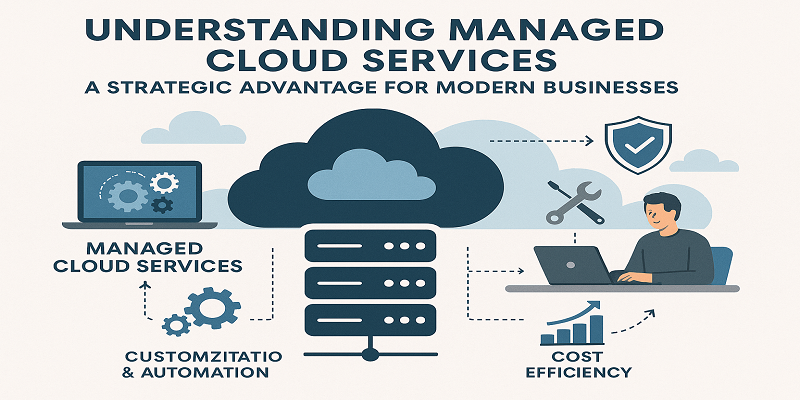Managing inventory is one of the most important parts of running a successful business. If you’ve ever run out of a product just when a customer needed it, you know how frustrating it can be. That’s where supply chain safety stock comes in. Safety stock acts as a buffer, helping businesses avoid stockouts and ensuring smooth operations. In this guide, we’ll explain everything you need to know about safety stock, how to calculate it, and best practices to manage it efficiently.
What is Supply Chain Safety Stock?
Safety stock is extra inventory that a business keeps on hand to prevent shortages. Unlike regular stock, which is planned based on expected sales, safety stock is like a cushion against unexpected changes in demand or supply delays. Think of it like keeping extra groceries at home in case the store runs out—you don’t want to be caught off guard.
Buffer stock and safety inventory are terms often used interchangeably with safety stock. The key idea is to have extra products available to cover uncertainties.
Why Safety Stock is Important
Safety stock is a critical component of inventory management and supply chain optimization. Here’s why it matters:
- Prevents Stockouts
Stockouts can lead to lost sales and unhappy customers. Keeping safety stock ensures that products are available even when demand is higher than expected. - Maintains Customer Satisfaction
Reliable delivery keeps customers happy and builds trust. A company that frequently runs out of stock risks damaging its reputation. - Reduces Lost Revenue
Missing sales due to low stock directly impacts your bottom line. Safety stock acts as a safeguard to minimize revenue loss. - Supports Smooth Operations
Safety stock ensures your production line or warehouse operations continue without interruptions, even if suppliers face delays.
Factors Affecting Safety Stock Levels
Several factors determine how much safety stock a business should maintain:
- Demand Variability
When customer demand fluctuates unpredictably, safety stock helps meet unexpected needs. - Lead Time Variability
The time it takes to receive products from suppliers can vary. Safety stock covers delays in supply chain and shipping. - Service Level Targets
Companies often set a target, such as 95% service level, to ensure they can meet customer demand most of the time. - Forecast Accuracy
The better your demand forecasting, the more precise your safety stock calculations can be. Poor forecasts require higher safety stock.
How to Calculate Safety Stock
Calculating safety stock may sound complicated, but it can be simple when broken into steps. A common formula is:
Safety Stock = Z × σ × √LT
Where:
- Z = desired service level factor
- σ = standard deviation of demand
- LT = lead time
Example:
Imagine your business sells 100 units per week, but demand varies by ±20 units, and lead time is 2 weeks. Using a service level that corresponds to Z = 1.65 (for 95% service level):
Safety Stock = 1.65 × 20 × √2 ≈ 46 units
This means you should keep 46 extra units as safety stock to prevent stockouts.
Other methods include:
- Rule-of-thumb: Keep a set percentage of average demand as safety stock.
- Service level method: Adjust stock according to the probability of stockouts.
Best Practices for Managing Safety Stock
- Regularly Review Demand and Lead Time
Demand and supply conditions change. Update your calculations periodically to maintain the right stock levels. - Use Inventory Management Software
Tools like NetSuite, SAP, or Zoho Inventory help track stock and automate reorder points. - Collaborate with Suppliers
Reliable communication with suppliers reduces the uncertainty in lead times and allows better planning. - Avoid Overstocking
While safety stock prevents shortages, too much inventory ties up capital and increases storage costs. - Adjust for Seasonality
During peak seasons, consider increasing safety stock to meet higher demand.
Common Mistakes to Avoid
- Too High Safety Stock
Leads to unnecessary inventory costs and potential wastage. - Too Low Safety Stock
Causes frequent stockouts and unhappy customers. - Ignoring Lead Time Changes
Suppliers may face delays, and ignoring this increases risk. - Not Updating Calculations Regularly
Demand patterns change over time; safety stock should adapt accordingly.
Real-Life Examples
Consider a retail company during the holiday season. Demand spikes unexpectedly, and without safety stock, shelves go empty within days. By maintaining an appropriate safety stock, the company avoids losing sales and keeps customers happy.
On the other hand, a manufacturing company that overestimates safety stock might tie up capital in excess inventory, increasing storage costs. Finding the right balance is key.
Tools and Software to Help
Modern tools make safety stock management easier:
- Inventory Management Software: Automates tracking and alerts when stock is low.
- Forecasting Tools: Predict future demand using historical data.
- Automated Reorder Systems: Reduce human errors and ensure timely replenishment.
- Cloud Dashboards: Monitor inventory in real-time from anywhere.
Future Trends in Safety Stock Management
- AI-Driven Forecasting
Artificial intelligence can predict demand more accurately, reducing the need for high safety stock. - Real-Time Inventory Visibility
IoT devices track inventory in warehouses, ensuring accurate stock levels at all times. - Lean Inventory Strategies
Businesses aim to maintain minimal stock while avoiding shortages. - Integration with E-commerce
Real-time updates between warehouses and online stores improve stock accuracy.
Conclusion
Safety stock is more than just extra inventory—it’s a key strategy for preventing stockouts, maintaining customer satisfaction, and ensuring smooth operations. By understanding demand variability, lead time, and service levels, businesses can calculate the right amount of safety stock. Using modern tools and best practices makes inventory management more efficient and cost-effective.
Start small, track results, and adjust regularly to maintain the perfect balance between safety and efficiency. Proper safety stock management is a vital step in optimizing your supply chain and keeping your business running smoothly.



